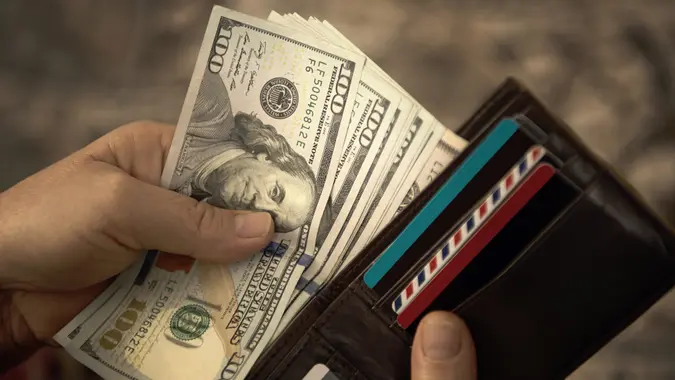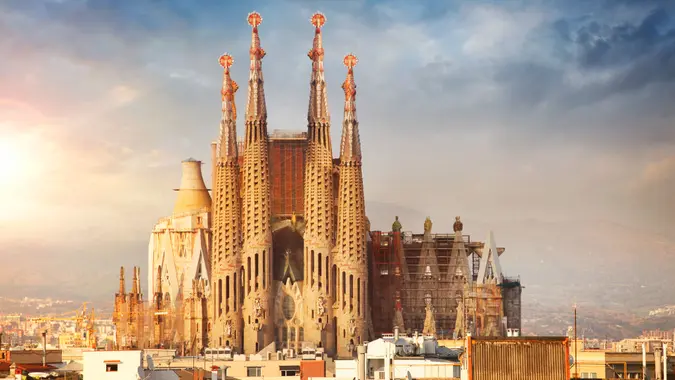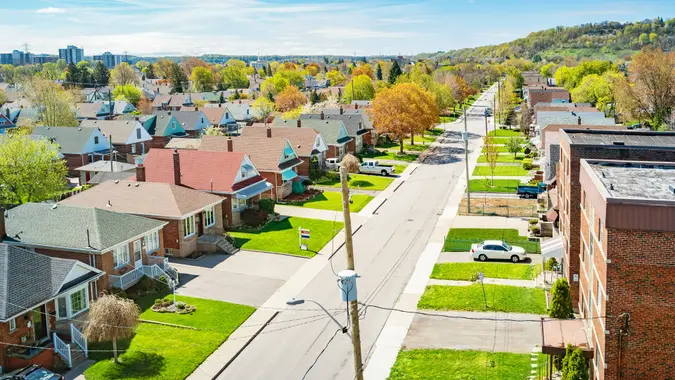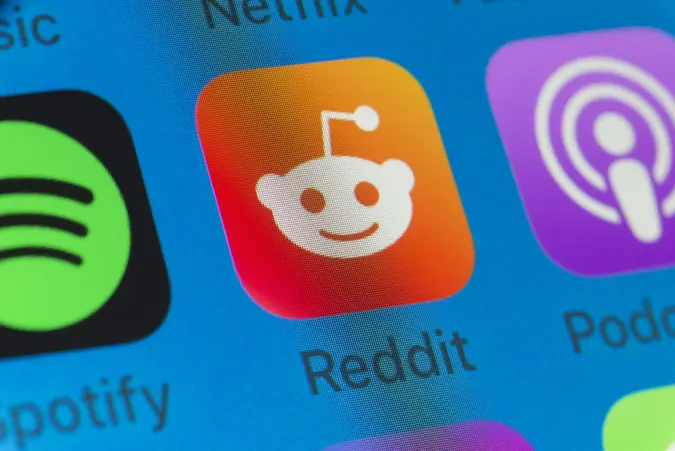What You Need To Know About Economic Inequality and Its Impact on You

Commitment to Our Readers
GOBankingRates' editorial team is committed to bringing you unbiased reviews and information. We use data-driven methodologies to evaluate financial products and services - our reviews and ratings are not influenced by advertisers. You can read more about our editorial guidelines and our products and services review methodology.

20 Years
Helping You Live Richer

Reviewed
by Experts

Trusted by
Millions of Readers
Economic inequality describes the uneven distribution of wealth, income, resources and opportunity to different groups of people in a society — something America knows plenty about. The last half-century has witnessed an incredible reverse-Robin Hood act as the rich got much, much richer while the rest didn’t have so much luck.
See: Understanding the Differences Between Inflation, Deflation & StagflationMore: The Complicated Topic of Wage Inflation and the Controversy Surrounding It
The top 1% now takes in nearly 200 times as much as the bottom 90%, whose real wages have been stagnant for decades. In capitalist societies, some economic inequality is inevitable, but that kind of wealth disparity is bad news for both countries and individuals alike — and it’s not only the have-nots who pay the price.
The Economy and Your Money: All You Need To Know
Inequality Makes National Economies Vulnerable and Volatile
Economic inequality is hardly unique to the United States. Rich and poor live side-by-side all over the world. But according to research from The Equality Trust, the consequences are the same irrespective of country and culture.
Across the world, the unequal distribution of resources is associated with greater economic instability and more frequent economic crises. The study found, for example, that:
- Economic disparity helped create the kind of debt that triggered the 2008 financial crash.
- Societies with greater economic equity enjoy longer periods of sustained economic growth.
- Both institutional and personal debt are greater in countries with more economic inequality.
- Poorly paid employees who struggle to meet basic expenses are much less productive than those who earn a living wage.
That’s all very important, but you’re not in charge of a country, right? If you’re earning a salary you’re happy with, what does all this mean for you?
Read: How Do We Track Unemployment & How Accurate Is It?
Taxpayers Foot the Bill For Economic Inequality
Much of the reason that economic inequality is so stark in modern America is wage stagnation. The federal minimum wage has been $7.25 an hour since 2009, the longest Congress has ever let it erode in history. Inflation has risen at a rate of almost 24% since then. Presuming a 40-hour workweek, $7.25 an hour comes out to:
- $290 a week
- $1,257 a month
- $15,080 per year
Find Out: Understanding US Productivity and All the Ways It Affects You
That’s before taxes and with no extra days off. Since that’s clearly not a survivable salary in modern America, the permanent underclass known as the “working poor” has swelled to 7 million people, according to the Bureau of Labor Statistics (BLS). They work — many of them full time — but their wages are so low that they depend on public assistance to subsidize their healthcare, purchase basic necessities and feed themselves and their families.
That means that the federal government uses tax dollars to subsidize the salaries of poor workers while those employers who pay the low wages pocket the difference as profit.
More Economy Explained: How To Calculate Your Debt-to-Income Ratio
The Direct Financial Effect
Here’s how economic inequality in the United States affects you, even if you earn a good living.
- Taxpayers spend $107 billion a year supplementing the paltry salaries of the working poor, according to research from Berkeley. The working poor are often employed by some of the richest corporations and people in the world.
- More than 38 million Americans receive Supplemental Nutrition Assistance Program (SNAP) benefits, according to the Center on Budget and Policy Priorities. And of the families who receive these benefits, most of them included at least one working adult and roughly 1 in 3 had at least two people working, according to the U.S. Census Bureau.
- Nearly 3 out of 4 people enrolled in a major government assistance program are from working families.
- About 30 cents of every $1 you pay in taxes goes to healthcare. About 13 of those cents pays for Medicaid, the program that provides health care to low-income Americans. Another 6 cents goes to the Children’s Health Insurance Program.
- The average taxpayer pays $10 for public housing, $30 to house the homeless, $16 for heating assistance programs and $78 for the Temporary Assistance For Needy Families program, also known as welfare.
- The average taxpayer also pays $33 to support federal prisons. That’s not even counting the massive state prison systems that house most inmates, the vast majority of whom come from backgrounds on the wrong side of the income inequality ledger.
This article is part of GOBankingRates’ ‘Economy Explained’ series to help readers navigate the complexities of our financial system.
- What Money Topics Do You Want Covered: Ask the Financially Savvy Female
- 5 Things Most Americans Don’t Know About Social Security
- 20 Home Renovations That Will Hurt Your Home’s Value
- What Income Level Is Considered Middle Class in Your State?
 Written by
Written by 

























